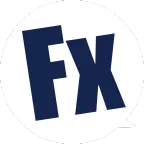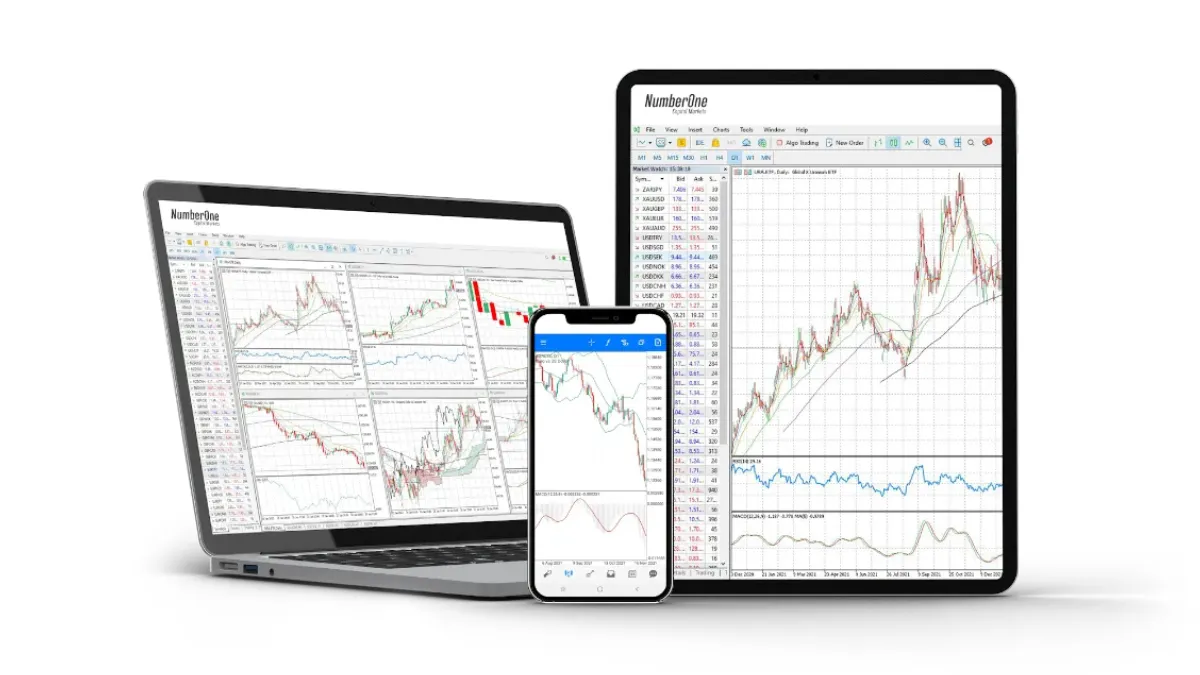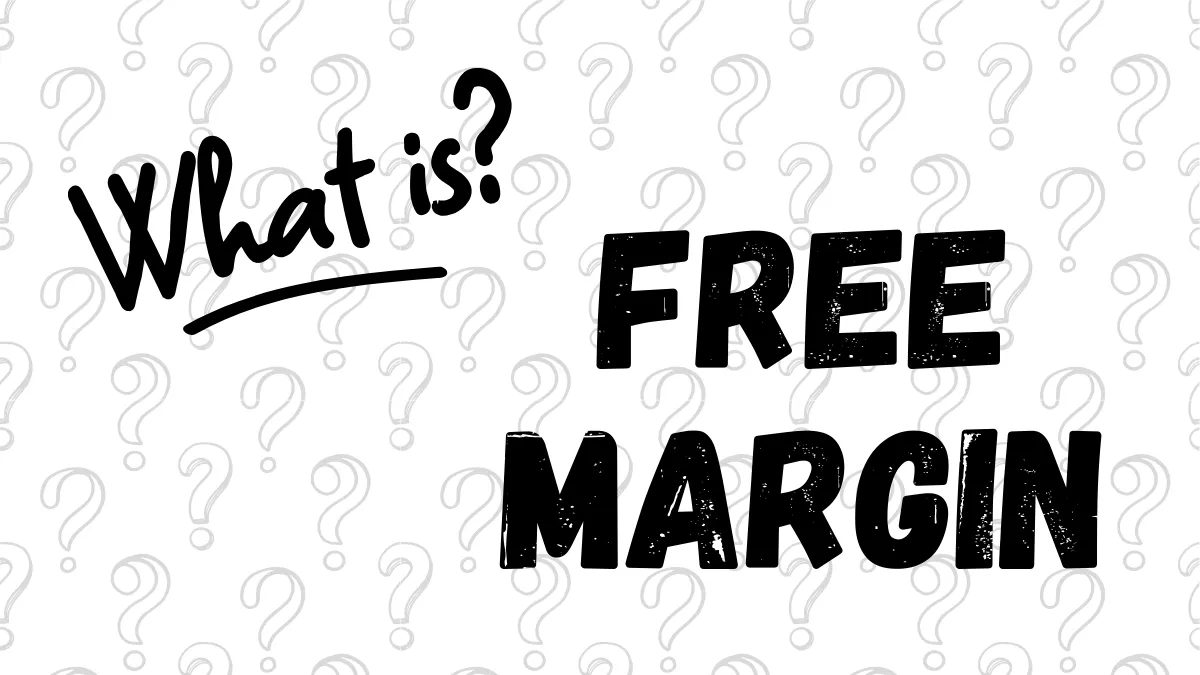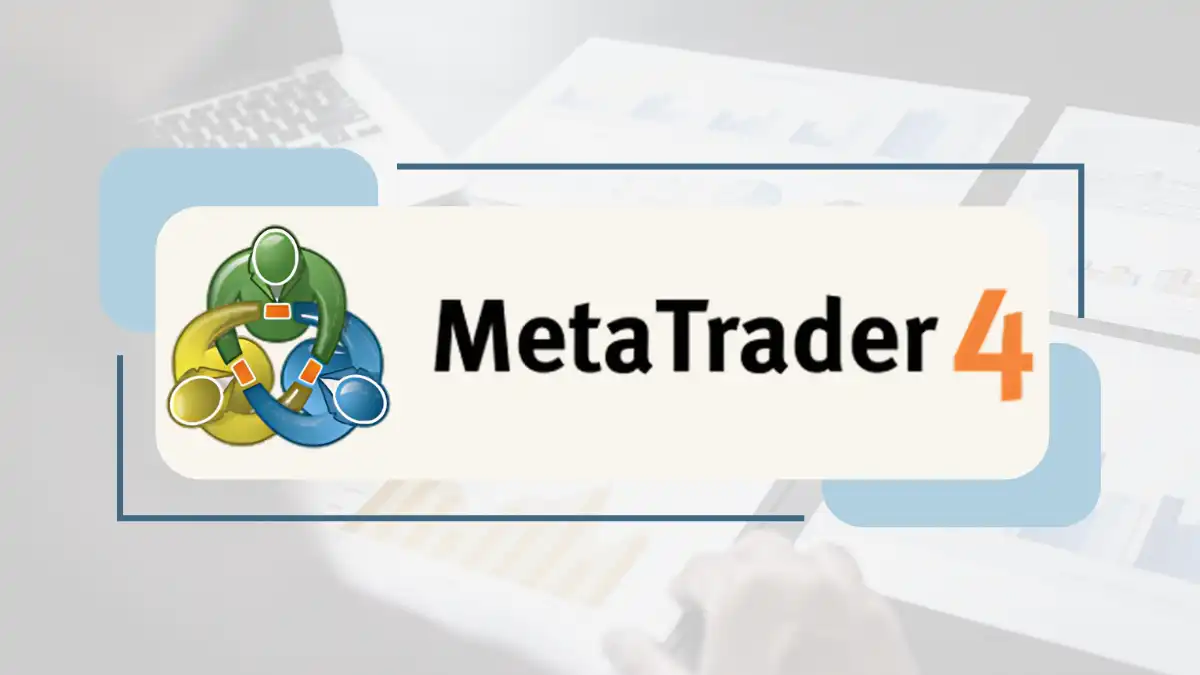What is a Forex Trading Platform? Your Essential Tool for Entering the Market
After learning the basics of forex trading, analysis methods, and different strategies, a very practical question arises: What tools do I actually need to trade forex online?The answer is a "trading platform".
A trading platform is the bridge and interface connecting you as a trader to the vast forex market.
It is the core software application for viewing real-time prices, analyzing chart trends, placing buy and sell orders, and managing your trading account.
Without a trading platform, online forex trading is impossible.
This article will briefly introduce the main functions of trading platforms, common types, and their relationship with the forex brokers you choose.
1. Core Functions of a Trading Platform: Your Trading Command Center
Regardless of design or specific features, a qualified forex trading platform usually needs to have the following core functions, acting as your "command center" for trading:- Access to Real-Time Market Data: Ability to display real-time ask and bid prices of the currency pairs or other financial products you follow, as well as dynamic price changes.
- Charting and Analysis: Provides price charts (most commonly candlestick charts), allows you to select different timeframes (such as minutes, hours, daily), and offers zooming, drawing various lines (trend lines, support and resistance lines), and adding technical indicators (such as moving averages, RSI, MACD) to assist your market analysis.
- Order Execution and Management: This is the most critical function. The platform must allow you to place various types of trading orders, including:
- Market Orders: Executed immediately at the best current market price.
- Pending Orders: Orders set to execute only when a specific future price condition is met.
- Setting Stop Loss and Take Profit: Pre-setting risk control points and profit target points for your orders.
- Account Information and Reporting: Allows you to conveniently view detailed information about your trading account, such as account balance, equity, margin level, and to query historical trade records and generate trading reports.
- (Some platforms provide) News and Information: Some platforms have built-in financial news feeds or Economic Calendar features to help traders access market information.
2. Types of Trading Platforms: More Than Just MT4 / MT5
Although MT4 and MT5 are currently the most mainstream choices in the retail forex market, trading platforms come in various forms. Common types include:- Downloadable Desktop Platforms:
Examples include MT4 and MT5. These require downloading and installing software on your personal computer (usually supporting Windows, some support Mac).
Advantages: Usually the most comprehensive and powerful, better stability, supports high customization (such as installing custom indicators, EAs).
Disadvantages: Requires installation and can only be used on the computer where the software is installed. - Web-Based Platforms (WebTrader):
No need to download or install; you can log in through a web browser (such as Chrome, Firefox, Edge) to use.
Advantages: Very convenient, accessible on almost any computer with internet and a browser.
Disadvantages: Functionality may be somewhat simplified compared to desktop versions, and requires a stable internet connection. - Mobile Trading Apps:
Apps installed on smartphones or tablets, supporting iOS and Android systems.
Advantages: Highly portable, allowing you to check quotes, monitor positions, and even trade anytime, anywhere.
Disadvantages: Smaller screen, charting and analysis functions are usually limited, more suitable for monitoring or simple operations rather than complex analysis and main trading. - Proprietary Broker Platforms:
Trading platforms developed by some large forex brokers themselves.
Advantages: May offer unique features or tools deeply integrated with the broker’s services, with distinctive interface designs.
Disadvantages: Using such platforms means you can only trade through that broker, lacking cross-broker compatibility.
3. Trading Platform vs. Forex Broker (Important Distinction!)
Beginners must clarify the relationship between these two:- Trading Platform: The software tool you use to conduct trades.
- Forex Broker: The company providing services. They offer market access, execute your trade orders, safeguard your trading funds, and provide customer service.
You first choose a forex broker, then use the trading platform (s) provided by that broker.
Even if you use third-party platforms like MT4 or MT5, your account, funds, and trade execution are still handled through the broker you selected.
Platform stability and functionality are important, but the broker’s reputation, regulatory compliance, trading conditions (spread, fees, etc.), and service quality are more fundamental and critical considerations.
4. How to Choose a Trading Platform? (Usually Related to Broker Selection)
Since platforms are usually provided by brokers, platform choice is often a factor in selecting a broker.When evaluating a broker’s platform, consider the following:
- Stability and Reliability: Does the platform run smoothly? Does it frequently lag, disconnect, or crash? (This is crucial for trading!)
- Ease of Use: Is the interface clear and intuitive? Is the operation logic easy to understand and get started with? (Especially important for beginners)
- Completeness of Core Functions: Are the charting functions sufficient for your analysis? Does it provide all the order types you need (especially stop loss and take profit) ? Is account information clear?
- Execution Speed: Is order placement responsive? (Though this also largely depends on the broker’s servers and network)
- Cross-Platform Compatibility: If you need to trade on different devices, does the broker provide desktop, web, and mobile versions, and can account information sync across them?
- Costs: The platform itself is usually free, but confirm there are no hidden platform usage fees.
Advice for Beginners:
- Don’t over-pursue the "newest" or "most complex": For beginners, a stable, reliable, and easy-to-use platform is far better than a complex platform with many features you won’t use.
- MT4/MT5 are great starting points: Because they are very popular, have abundant learning resources, and are supported by most brokers, making them a safe choice for beginners.
- The most important step: Thoroughly test with a Demo Account! Before committing real funds, be sure to open a Demo Account with the broker you are interested in, spend enough time actually operating and experiencing their trading platform. Feel whether the interface is user-friendly, whether the functions meet your basic needs, and whether the operation is smooth. This is the best way to judge if a platform suits you.
Conclusion
A trading platform is the necessary software tool connecting you to the forex market, integrating core functions such as quote display, chart analysis, order execution, and account management.There are various types of platforms on the market, including downloadable desktop versions (like MT4/MT5), convenient web versions, portable mobile apps, and proprietary platforms developed by brokers.
When choosing a platform, remember it is just a tool; more importantly, choose a regulated and reliable forex broker.
For beginners, platform stability, ease of use, and completeness of core functions are primary considerations.
No matter which platform you choose, thorough and long-term practice with a Demo Account is a key step to familiarize yourself with the tool and avoid losses caused by operational errors in the future.
Hi, We are the Mr.Forex Research Team
Trading requires not just the right mindset, but also useful tools and insights.Here, we focus on Global Broker Reviews, Trading System Setup (MT4 / MT5, EA, VPS), and Forex Trading Basics.
We personally teach you to master the "Operating Manual" of financial markets, building a professional trading environment from scratch.
If you want to move from theory to practice:
- Help share this article to let more traders see the truth.
- Read more articles on Broker Tests and Forex Education.





